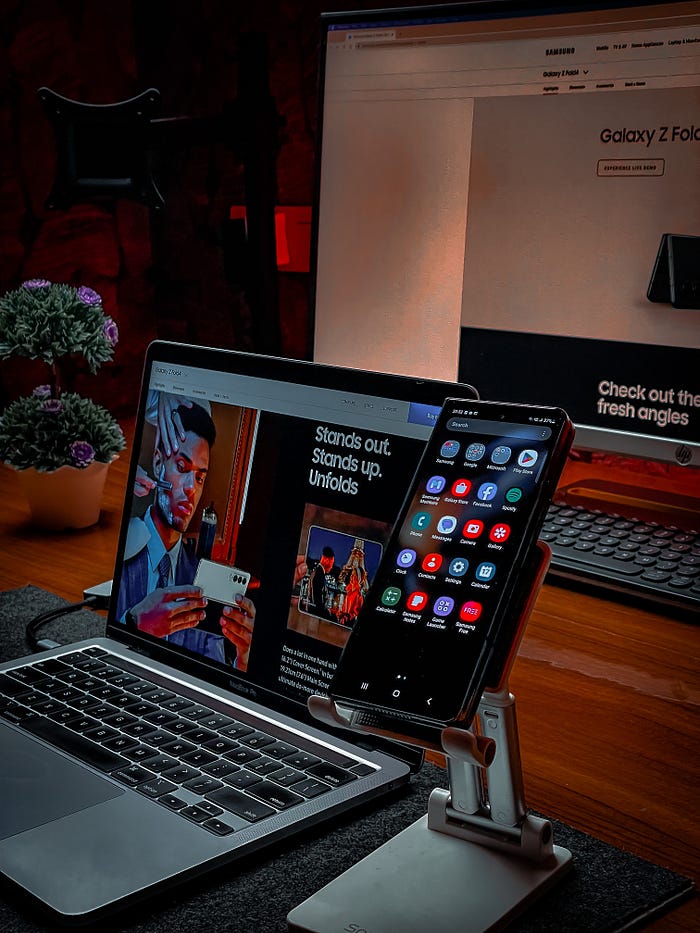
The rapid advancement of technology has given rise to a new era where everyday objects are becoming part of the interconnected digital realm. The Internet of Things (IoT) has emerged as a transformative force, reshaping industries and revolutionizing the way we interact with the world around us. At the heart of this revolution lies IoT app development — a process that enables the creation of applications that facilitate communication and control between devices, opening up a world of possibilities for enhanced efficiency, convenience, and innovation. This article delves into the realm of IoT app development, exploring its key components, challenges, benefits, and real-world applications.
Understanding IoT and Its Significance
The Internet of Things refers to the network of physical objects, devices, vehicles, buildings, and other items embedded with sensors, software, and connectivity, enabling them to collect and exchange data over the internet. These interconnected devices communicate seamlessly, often without human intervention, to share information, analyze patterns, and make intelligent decisions. IoT technology holds the promise of revolutionizing industries by enabling smarter decision-making, automation, and real-time insights.
The significance of IoT lies in its potential to create a more efficient, connected, and data-driven world. IoT applications have the power to optimize processes, improve resource utilization, enhance user experiences, and drive innovation across a wide range of sectors, including healthcare, agriculture, manufacturing, transportation, and smart cities.
The Role of IoT App Development
While the underlying infrastructure of IoT involves hardware components such as sensors, actuators, and communication protocols, iot app development services concentrate on creating the software layer that enables communication, data processing, and control between these devices. IoT apps act as the bridge that allows users to interact with and manage their devices remotely, monitor real-time data, and receive alerts or notifications.
Key components of IoT app development include:
- Connectivity: IoT apps rely on various communication protocols (e.g., MQTT, CoAP, HTTP) to establish seamless connections between devices and the cloud. These protocols ensure efficient data exchange and real-time communication.
- Data Collection and Processing: IoT apps gather data from sensors and devices, process it, and transform it into meaningful insights. Advanced analytics and machine learning techniques may be employed to derive valuable patterns and predictions from the collected data.
- User Interface and User Experience: Creating an intuitive and user-friendly interface is crucial for enabling users to interact with and manage their devices effortlessly. Clear visualizations and easy-to-understand controls enhance the overall user experience.
- Security and Privacy: Given the sensitive nature of IoT data, robust security measures must be implemented to safeguard user data, prevent unauthorized access, and ensure data integrity.
- Integration and Compatibility: IoT apps often need to integrate with various third-party services, platforms, or APIs. Ensuring compatibility with different devices and systems is essential for seamless interoperability.

This comment has been removed by the author.
ReplyDeleteVery helpful blog. WELL DONE
ReplyDeleteFor beginners, it's very easy to learn and know about the IoT App Development. Enhance your IoT vision with tailored and cutting-edge solutions. Join us today.